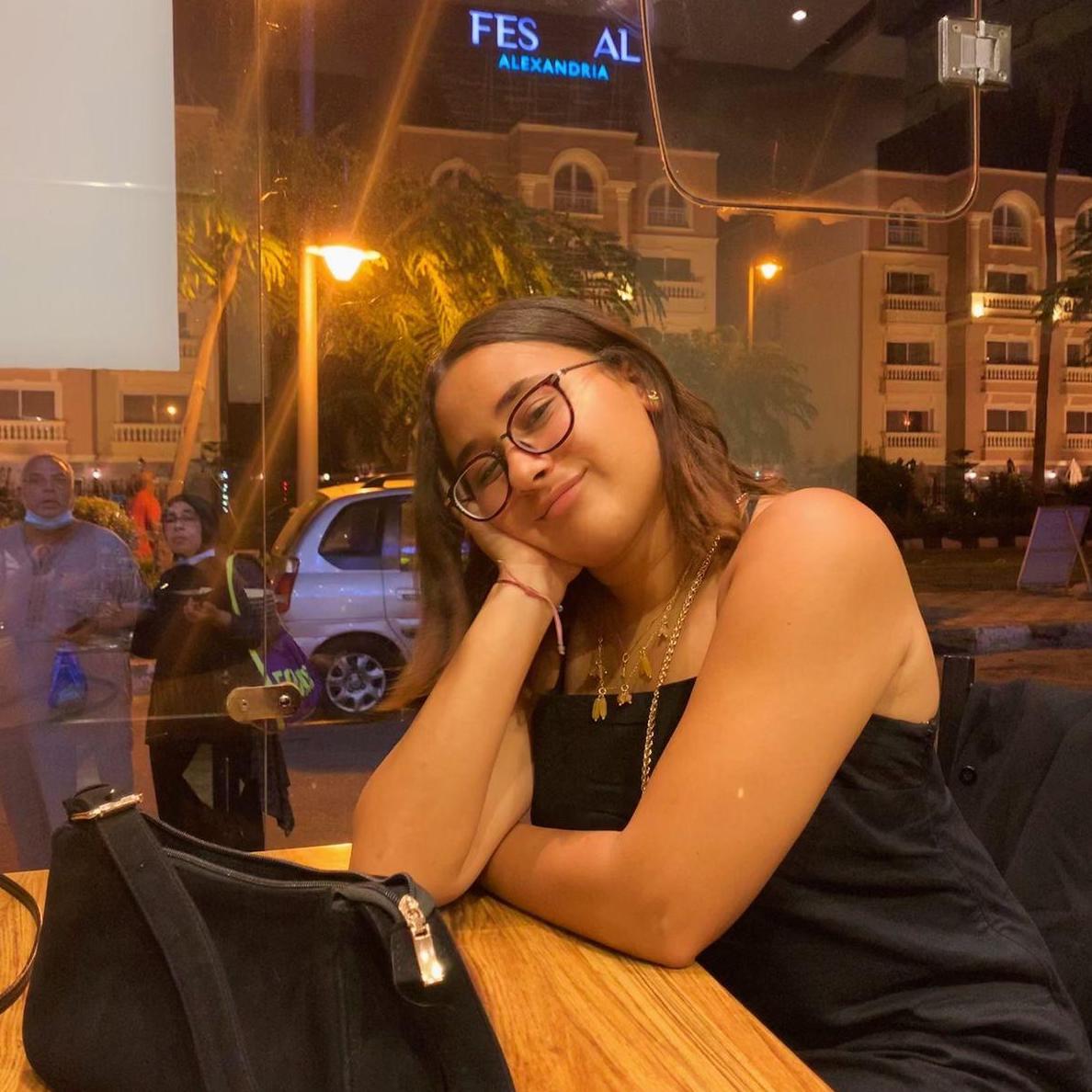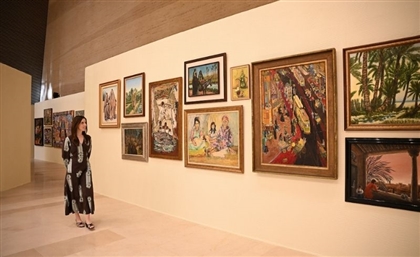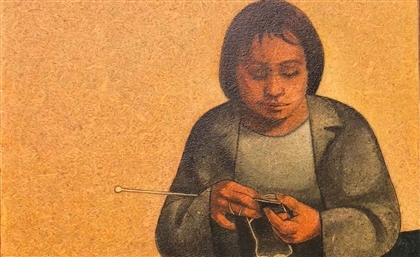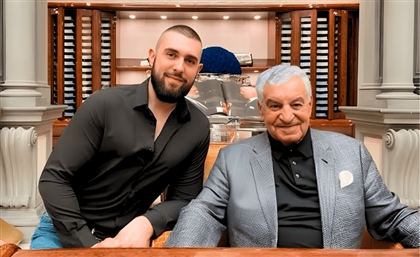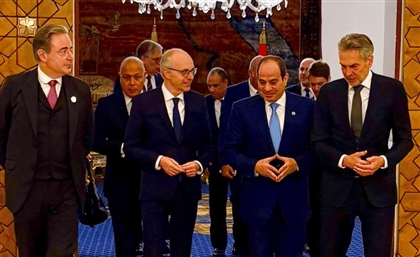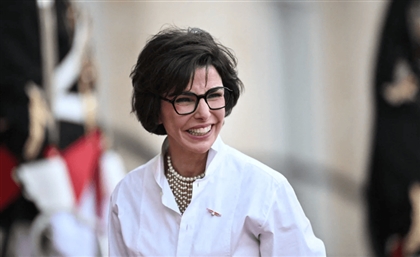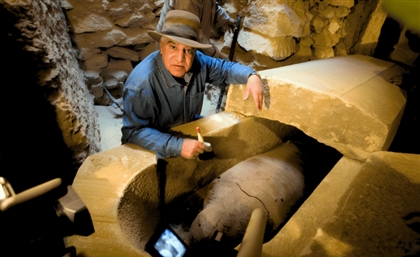Hayaty Diaries: The Art Collective Telling the Stories of Arab Women
Inspired by questions on what it means to be an Arab woman, Kinzy Diab and Christina Shoucair built a growing art community.
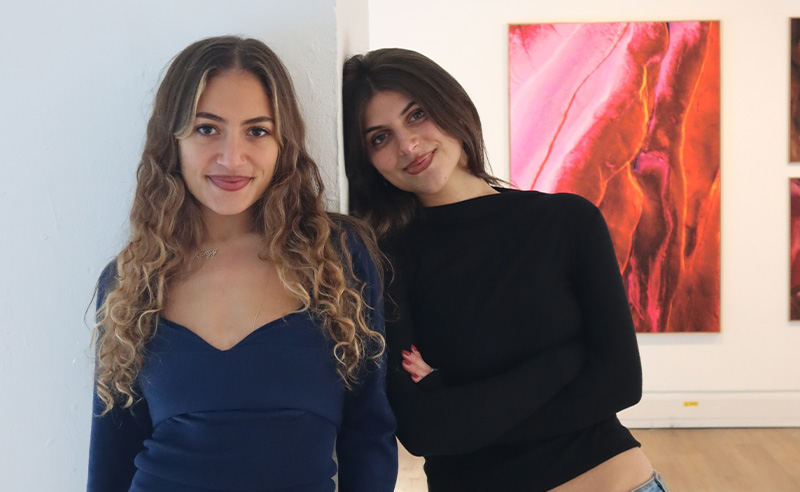
Driven by ancient values of modesty, the humility of women in the Arab region has inadvertently been a tool in their silencing over the past centuries. In comparison to their male counterparts, the stories we know about our female ancestors seem to be lacking, because these are stories these women were not allowed to tell themselves. If they ever did make it to the light, the stories of our grandmothers would lack a human element. How does one connect with a story in vacuum?
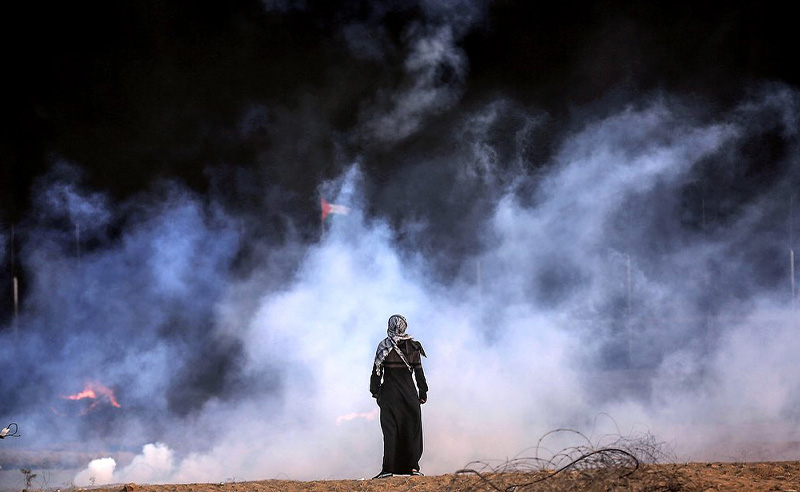
In London, two Arab women are facilitating storytelling through their art collective and nomadic gallery, Hayaty Diaries. At Hayaty, Arab women are given the platform to tell their own stories, with full creative control over how they choose to narrate them. Within that individuality, there is a shared goal, which is reflected in the very purpose of Hayaty.

“We call it an art collective because community building is the cornerstone of our initiative,” Christina Shoucair, one of the two co-founders of Hayaty, tells CairoScene. “We bring women Arab artists together and create a space where they can develop individually and build connections within the artistic community. We work closely with them to understand their vision, and in turn, they inspire us and each other.”

In connecting the Arab women of today, Hayaty Diaries works towards uncovering the hidden stories of the women in our history. “Hayaty Diaries is our way of bridging our past with the present, using art as a means to reconnect with our heritage and empower others to do the same,” Kinzy Diab, co-founder of Hayaty, says.
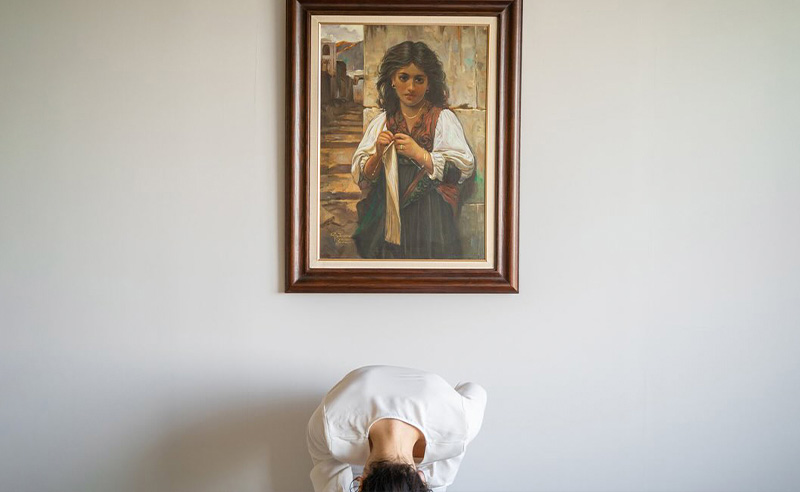
Growing up in the diaspora, Christina Shoucair and Kinzy Diab came together thanks to their deep-found connection to their Arab heritage. Diab moved to London when she was only 12 years old, and later studied social anthropology, which fostered her fascination with the intersection between art and culture. In parallel, Shoucair moved to Riyadh from Lebanon before settling in London. She majored in psychology and fine arts, and has since consistently allowed her passion for art to be central to her life.

“Hayaty Diaries is an extension of the dynamic between Christina and me - a unique space born out of conversations, ingenuity, and artistic expression integral to our journey growing up,” Diab shares. “It is a space we have created for ourselves and one that we are so excited to be sharing with others.”
As Diab and Shoucair extended their conversations past themselves, reaching out to Arab women artists in their circles, they realised the community had enormous amounts of potential. “As we began engaging in conversations with artists, it became clear that there was a wave of creativity coming from our region that was not receiving the recognition it deserved,” Diab says. “We felt a strong urge to amplify the artistic voices of women who shared our histories and carried stories often overlooked in mainstream Western culture. The cultural hub that is London was a great space to do that.”
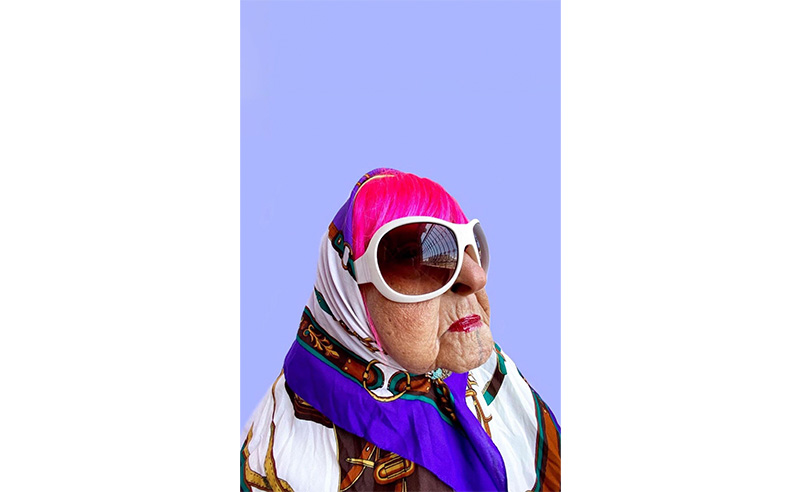
Central to being a nomadic gallery is Hayaty Diaries' ability to move around. Within London, their portability allows them to curate exhibition spaces according to the nature of their exhibitions. “Our ultimate goal as a nomadic gallery is to showcase artists beyond the UK, with dreams of exhibiting in the Arab world and beyond,” Shoucair says. “Our exhibitions are all theme-focused. Kinzy and I usually begin by brainstorming, asking ourselves what story we want to tell and what is culturally relevant at the moment. Working with my best friend is a blessing; our conversations are endless, and new ideas constantly emerge.”
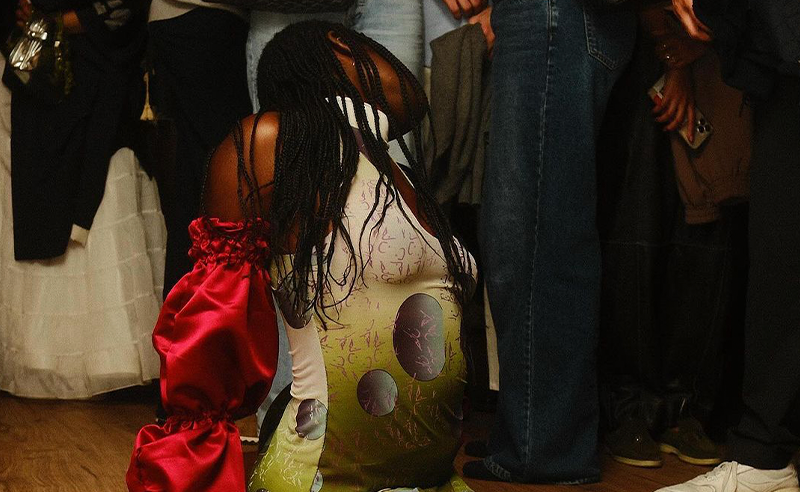
“Finding the perfect balance of artistic range and cohesion is crucial,” Shoucair adds. “We want the artists to gel together, creating a unified aesthetic that makes sense within the exhibition space. I think Kinzy would agree that curating the lineup for our shows is one of the most exciting parts of the process.”
When curating their exhibition ‘Material Woman’, Shoucair and Diab were fuelled by their fascination with the craftsmanship deeply ingrained in our Arab cultural heritage, particularly when looking at the role of women throughout our art history. “Reflecting on the Modern Art movements in the region, where artists utilised materials and craftsmanship as forms of decolonisation and liberation, we wondered: How do contemporary ‘Material Women’ carry forward this legacy and adapt it to modern times?” Shoucair says.
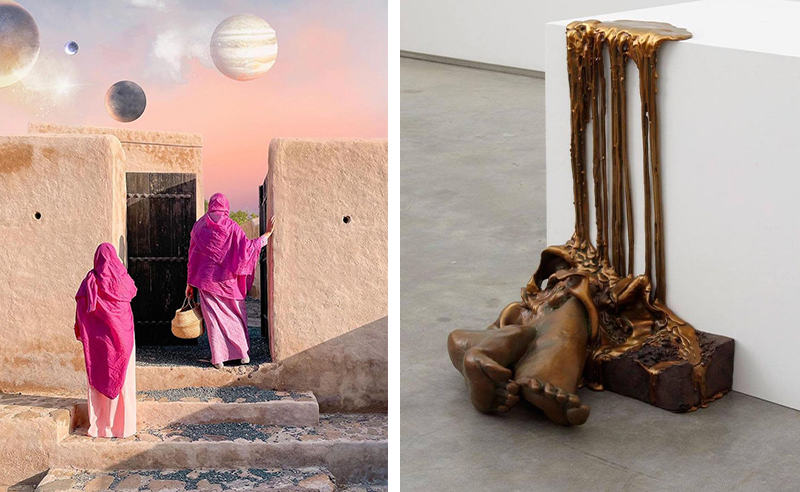
‘Material Woman’ allowed Hayaty Diaries to experiment with the interaction of fashion, design and art in the work of creators from around the region. In collaboration with 3EIB, a community-led platform spotlighting fashion brands from the SWANA region, they co-curated an exhibition that “merged Arab women designers and artists, showcasing the collective talent of these ‘Modern Material Women’,” as Shoucair explains it.
‘Material Woman’, like many of Hayaty’s older exhibitions, reflects the central goal of the initiative. “Christina and I share a desire to collaborate with and uplift Arab women across creative industries, preserving our cultural legacy and nurturing a sense of community and belonging among Arabs worldwide through creativity,” Diab says. “We aim to highlight emerging Arab women artists, diversify the London art market, and promote cultural understanding by providing opportunities for exposure through exhibitions, events, and digital content.”

When these raw, honest stories are told, stereotypes of what an Arab woman is expected to be are broken. “Additionally, we want to challenge stereotypes and broaden the narrative surrounding Arab women by highlighting their diverse experiences and contributions to the arts,” Diab adds. “Through Hayaty Diaries, we celebrate and preserve our cultural heritage while promoting inclusivity and representation in the creative industry.”
- Previous Article Italian-Palestinian Duo No Input Debuts Eponymous Electro EP
- Next Article Travel Across History on Egypt's Most Iconic Bridges







